How to remove mould
By Tom Drake | 17th August 2023 | 6 min read
Mould doesn’t just look unsightly, if left untreated it can cause health problems including respiratory issues, infections and allergies. Mould can also cause damage to your furniture, walls and fabrics, so it’s important to remove it as soon as possible. In this guide, we take a look at how you can safely remove mould in your home.
Jump to removing mould from:
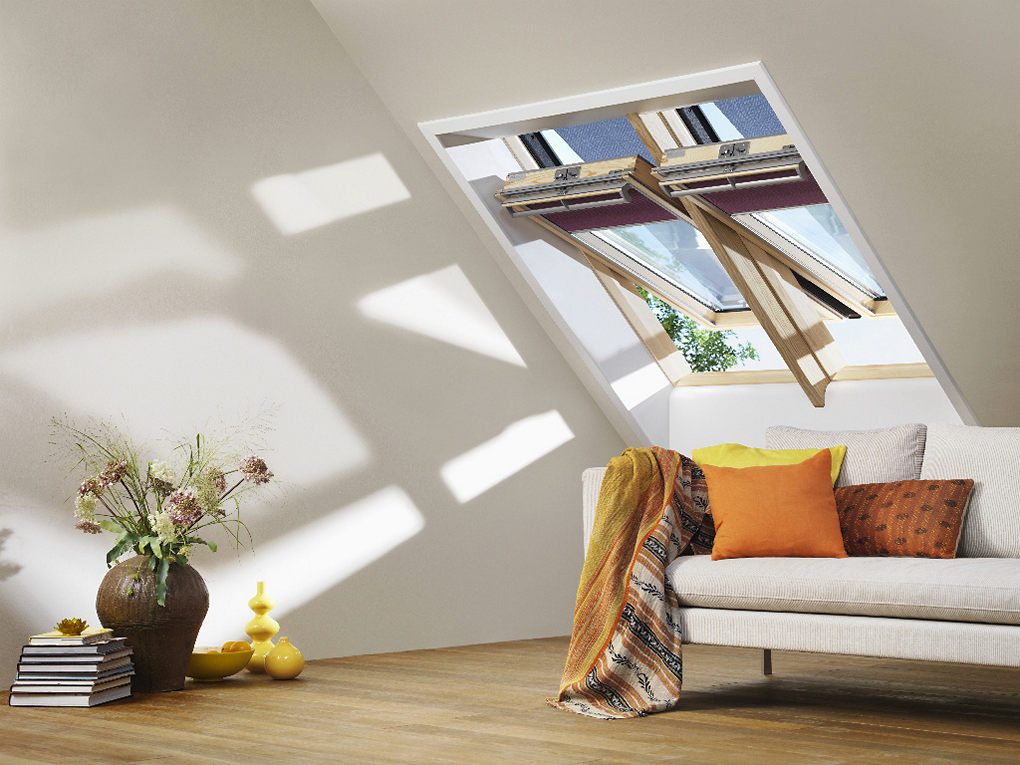

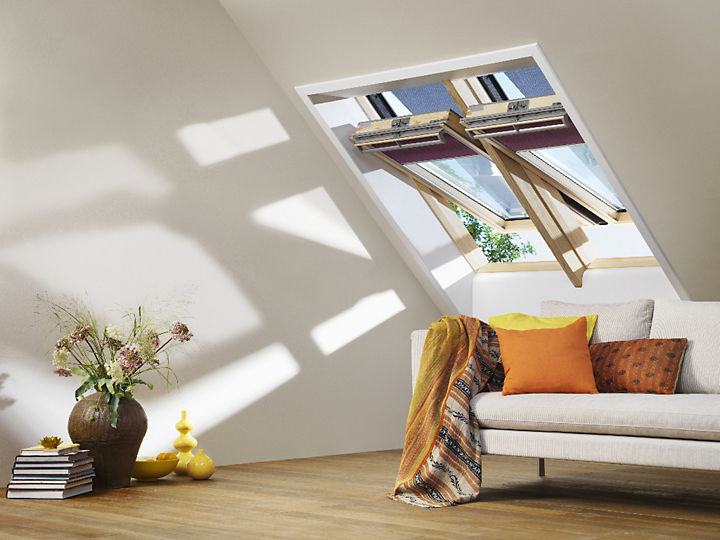
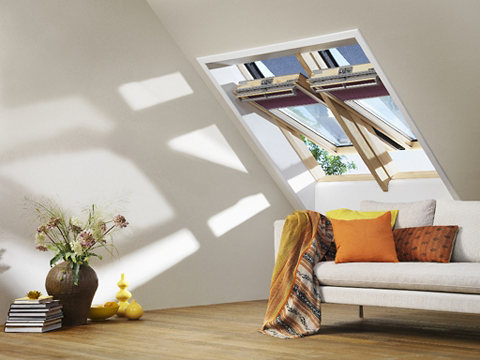
Safety advice
This guide is designed to help you remove small amounts of mould from your home, less than a metre squared. If you have lots of mould in multiple rooms, you should have this inspected by a professional.
As mould can be damaging to your health, it’s important to take appropriate safety precautions when trying to remove it. Always wear a suitable protective mask that covers your nose and mouth and long rubber gloves. If you’re working with any sprays or bleach, we also recommend wearing eye protection.
When removing mould, always open the windows of the room you’re working in to ventilate it. You should also keep the door to the rest of your home closed to prevent mould spores spreading.
Removing mould from walls
First, we'll take a look at some of the ways you can remove mould from solid walls. As plasterboard walls are porous, mould can penetrate through the different layers so even if you clean the visible layer, the mould can remain. As a result, you may need to replace any sections of plasterboard with mould on them.
Mould sprays
There are a number of different mould sprays available that are specifically designed to help with the removal of mould from surfaces. When using these products, always follow their specific instructions and wear the correct protective equipment.
Bleach
If you don’t have a specific mould spray, bleach can be used instead. Mix a solution of one part bleach and four parts water. Take a cloth and wipe this solution across the wall, scrubbing gently until all the mould has been removed. You can then wipe the bleach away and dry the area using a separate cloth.
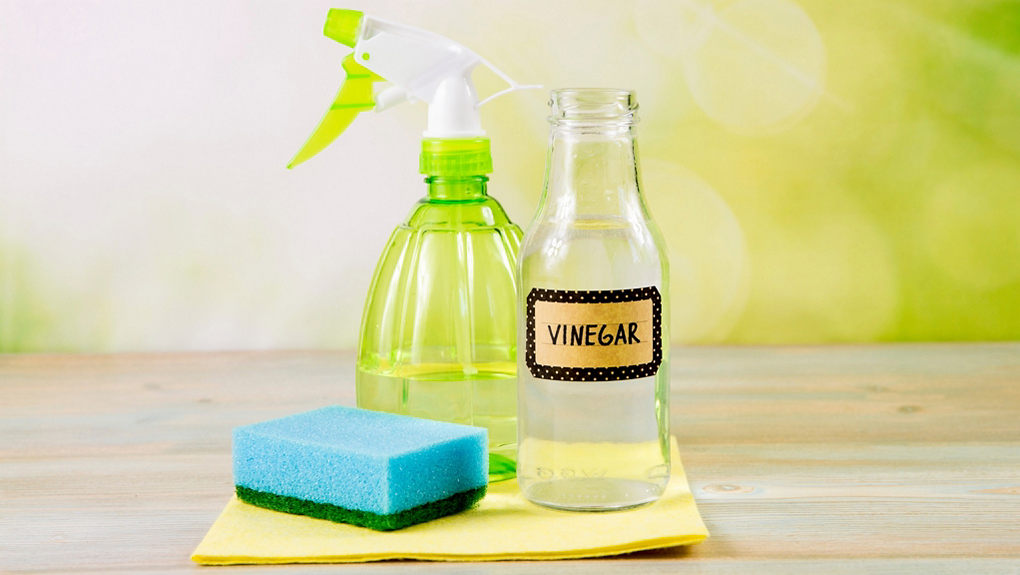

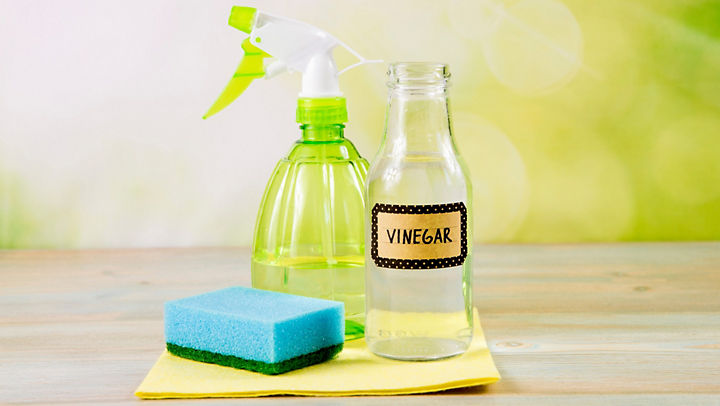
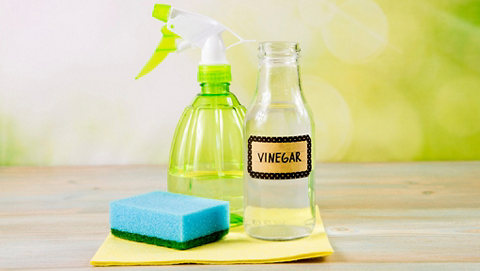
White vinegar
Vinegar is a natural cleaner that has uses around the home and cleaning mould is no exception.
Mix up a solution of 1 part vinegar to 1 part water in a spray bottle. Apply this spray to the mouldy area and leave it to work for an hour. You can then wipe the vinegar away using a damp cloth which should hopefully remove the mould.
Vinegar is the perfect cleaning solution for areas where you might not want to use harsher chemicals such as kids bedrooms and kitchens.
Removing mould from bathroom sealant & grout
As bathrooms are areas with a lot of moisture, they are a common place for mould to accumulate. Specific bathroom mould cleaners are available that are designed to help lift and remove mould from these areas. When using these products, always follow the manufacturer's instructions.
These areas can be particularly difficult when it comes to removing mould, so you may want to consider re-grouting or removing the existing sealant and re-sealing.
Removing mould from fabric
We recommend using white vinegar to help remove mould from any fabrics such as clothes and curtains. Although bleach can be used to clean mould elsewhere in the home, it can cause colours to run so we don’t recommend its use for fabric.
First, fill a bucket with water, then add 1-2 cups of white vinegar. Leave your clothes to soak in this solution for at least an hour.
Next, use a toothbrush to scrub the mould. When doing this, wear protective equipment and make sure the windows of the room you’re working in are open, but the doors to the rest of your home are closed.
You can then wash your clothes on a regular cycle, adding another 1-2 cups of vinegar to the machine if your fabrics are heavily stained.
Once the wash has finished, check to see that all mould has been removed and dry your clothes outside.
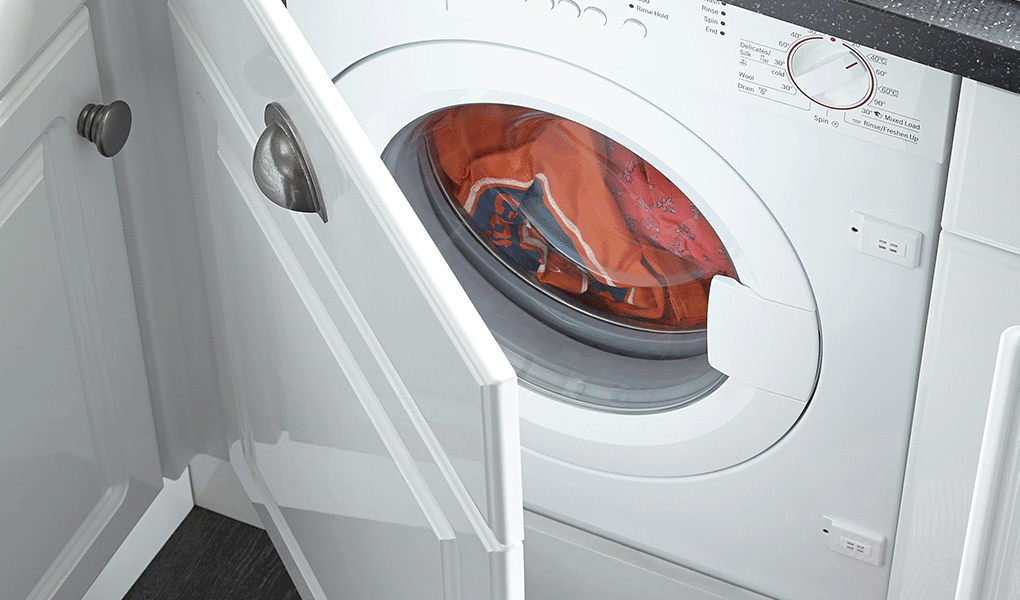

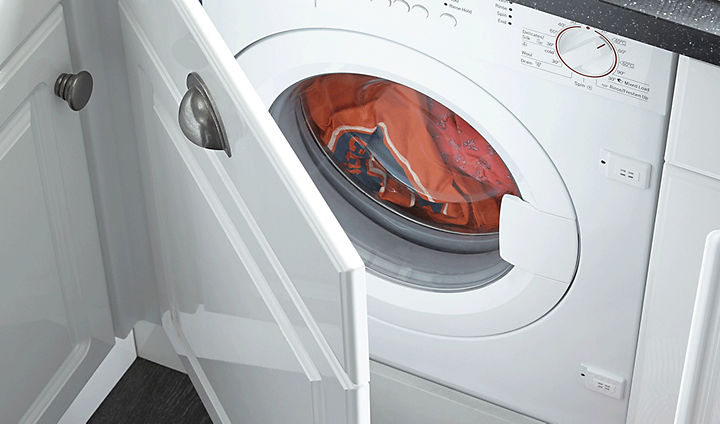
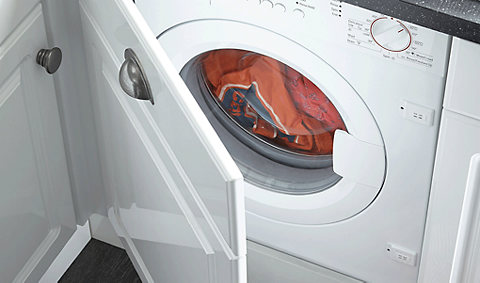
Removing mould from furniture
If you’ve placed a piece of wood furniture against a wall and it’s started to get mouldy, don’t despair! You may be able to remove the mould and bring it back to its former glory. When trying to remove mould from furniture, it’s always a good idea to take it outside first. This will stop mould spores spreading around the rest of your home.
First, vacuum the area to remove as many of the mould spores as you can. After you’ve done this, make sure you clean the filter in your vacuum thoroughly.
Next up, add a teaspoon of washing up liquid to a spray bottle filled with water and apply this to the affected area. Use a soft brush to scrub the mould which should start to lift it from the surface. Once you’ve finished, use an old towel to dry the area completely.
If the washing up liquid hasn’t been able to remove the mould, you can try using white vinegar. Mix up equal parts white vinegar and warm water in a spray bottle and apply it to your furniture. Leave this to soak for an hour then wipe it away with a damp cloth.
If you’ve tried these methods and they haven’t worked, you may need to replace the section of your furniture that’s affected, or sand and refinish the area.
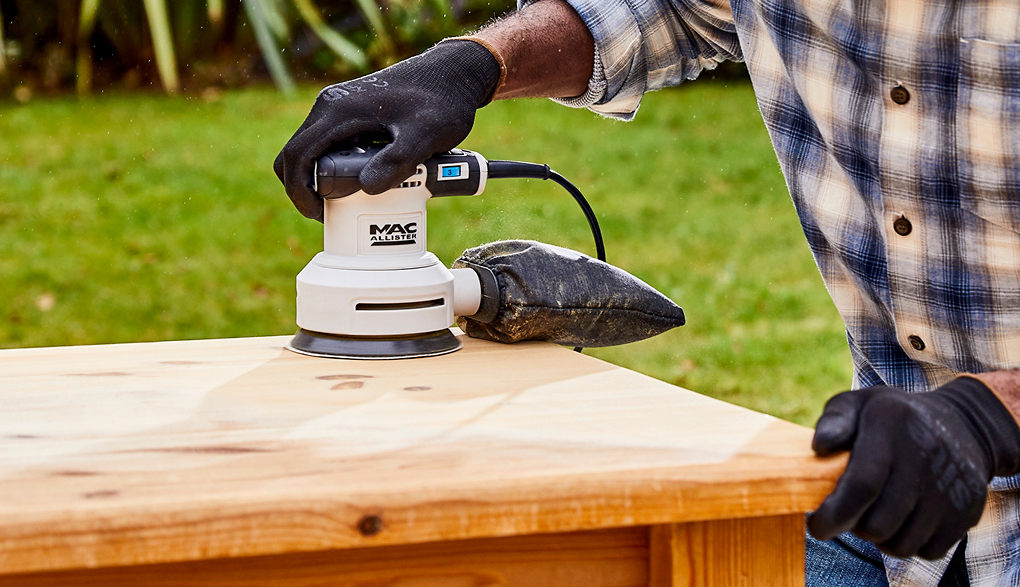

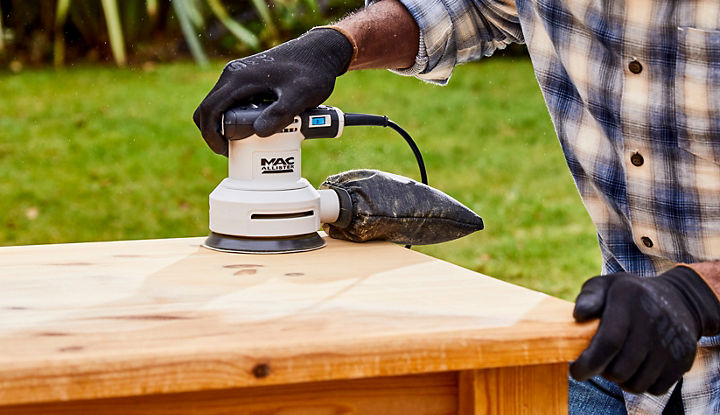
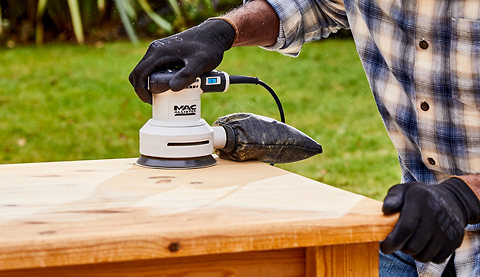
That concludes our guide to removing mould from your home. If you’ve removed the mould but it keeps coming back, take a look at our guide to dealing with damp. It’s also important to remember that mould and damp can cause serious health issues, so it’s important to call in a professional if you’re unable to deal with the problem yourself. If you've removed the mould and you need to re-paint your walls, take a look at our range of anti mould paint.









